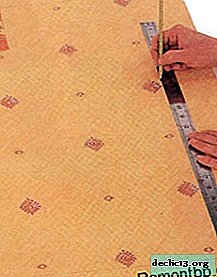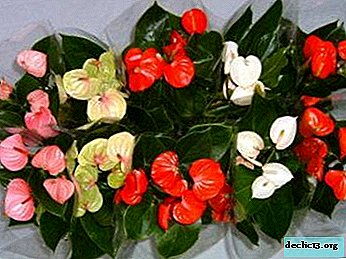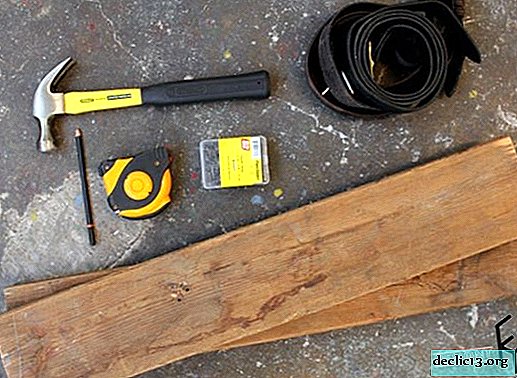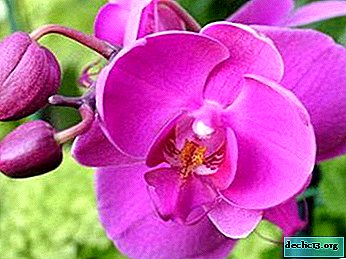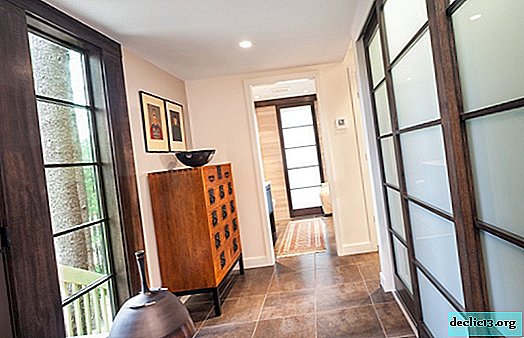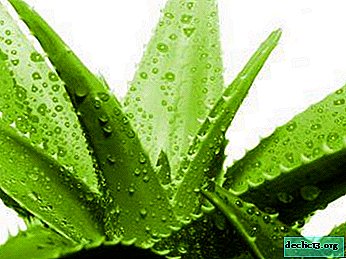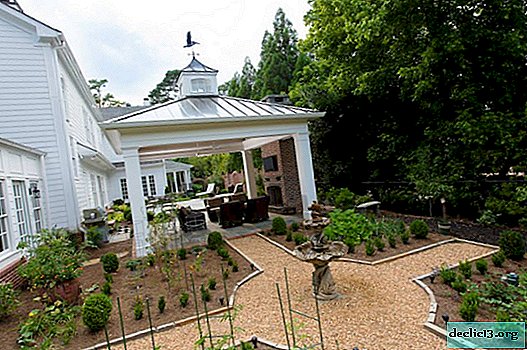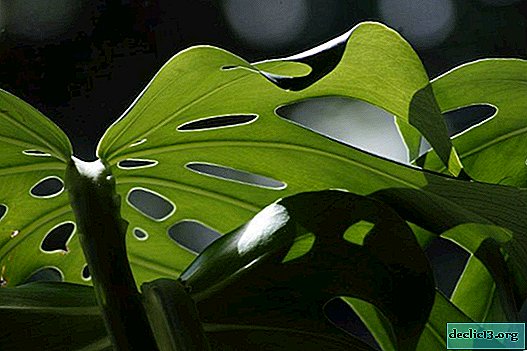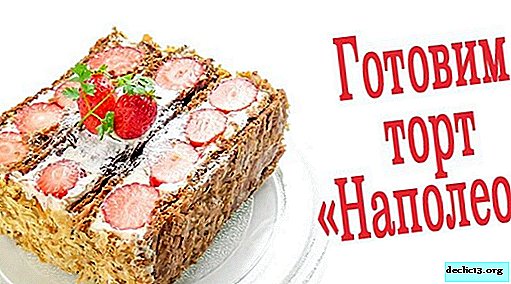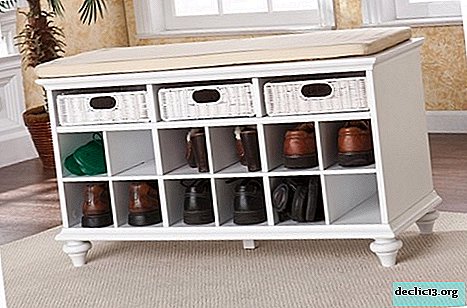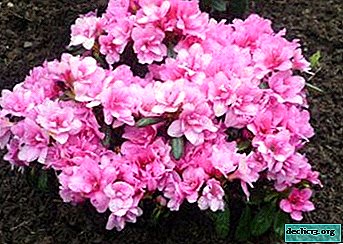Growing and caring for pelargonium: tips and features
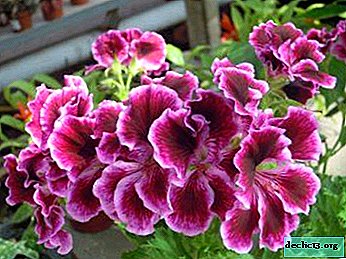
Once bright umbrellas of this plant adorned almost every house in our country. Then he was nicknamed the philistine flower and he became not popular. But today again this beautiful and useful flower flaunts on many windowsills of houses and apartments.
And not without reason this unpretentious plant is once again deservedly loved by experienced and novice gardeners. In this article, you will learn in detail how to grow pelargonium at home, how to care for it and fight diseases.
What is this plant?
ATTENTION: In many houses on the windowsill there are pots with plants that have bright inflorescences. Everyone calls them geraniums. And only experienced flower growers know that this is pelargonium.Geranium and Pelargonium belong to the Geranium family, which has five genera, the most popular of which is the Pelargonium genus, and the most numerous is the Geranium genus. The reason for the confusion in the names is in the 18th century, when Karl Linney, a famous scientist of that time, mistakenly placed the plants in one group, based on the similarity of the fruit box.
Then the Dutch botanist Johannes Boorman assigned them to different genera. Despite the external similarity, these two plants have a significant difference: geranium is cold-resistant, and pelargonium is thermophilic, so geranium is a garden plant, and pelargonium is a home plant.
Features and conditions for growth
In order to know how to grow lush pelargonium with bright flowers, it is enough to carry out simple care for it.
Soil selection
For good growth, abundant flowering of pelargonium, well-drained soil is needed, including compost, peat, humus and sand.
Proper watering
 Low humidity is the main condition for the health of the root system. Pelargonium, like geranium, is better not to water than to pour. If the plant has been in a waterlogged substrate for a long time, this threatens to rot the root system.
Low humidity is the main condition for the health of the root system. Pelargonium, like geranium, is better not to water than to pour. If the plant has been in a waterlogged substrate for a long time, this threatens to rot the root system.
In summer and winter, you need a different watering regime. But always the best sign of the need for the next moistening of the soil is its dried state. It is not necessary to spray leaves.
Good lighting
Pelargonium is a photophilous plant, therefore it blooms well on sunny window sills. If in summer she is in the garden, then she needs to choose a place protected from the wind and sunny, although she grows well in partial shade. If the lighting is insufficient, the stem may be exposed.
Temperature mode
For normal growth and flowering, the pelargonium temperature needs at least 10-12 degrees of heat, the optimal - up to 20 degrees.
Pruning
Pruning is possible in both autumn and spring.. But if necessary (for example, when the bare branches) can be cut at any time.
Trimming provides:
- The formation of a beautiful and compact crown.
- The growth of lateral shoots and the emergence of primordia of inflorescences.
- Lush and plentiful flowering.
- Own planting material.
Topping
 To form a lush bush, enhancing the branching of the stems, you need to pinch young shoots. This is usually done before spring or at its beginning, i.e. in February-March. But if necessary - when required.
To form a lush bush, enhancing the branching of the stems, you need to pinch young shoots. This is usually done before spring or at its beginning, i.e. in February-March. But if necessary - when required.
Pinching, pinching or tweezing is the removal of the apex in young seedlings in order to enhance the development of lateral shoots so that the plant does not stretch upward, but forms a bush. In the process of pinching, it is important not to damage the main plant.
Top dressing
To ensure long and abundant flowering of pelargonium, they must be fed with the necessary elements. Feeding rules:
- During active growth, liquid mineral fertilizers with a minimum of nitrogen and a maximum of phosphorus are recommended. Before applying liquid fertilizer, the plant should be watered to avoid harm to the roots, as in dry land, fertilizer can burn them.
- In spring and summer, the need for feeding pelargonium is high, you can start it in early May and hold it until the end of September.
- Bright, plentiful and long flowering is promoted by potassium.
- In hot weather, it is better not to carry out the procedure or transfer the plant to the shade.
Breeding methods
How to breed this plant? Pelargonium can be propagated by dividing the bush, seeds or vegetatively (cuttings).
Bush division
This is probably the easiest way to reproduce both pelargonium and geranium. The dug bush should be carefully divided and planted each part in separate containers. The soil is slightly compacted and watered.
Cuttings
If pelargonium is propagated by cuttings, it will retain all varietal characters. This method of reproduction is carried out in 3 stages.
Preparation of cuttings:
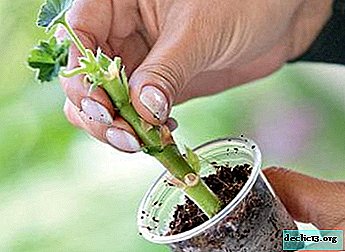 cut healthy and strong shoots;
cut healthy and strong shoots;- remove the lower leaves;
- cut the cuttings up to 10 cm long, if the type of pelargonium is dwarf, it is possible - from 3 cm;
- cuts between leaves;
- dry on the table for two to three hours.
Soil preparation:
- the best is a loose mixture of peat, perlite, compost and calcined garden soil;
- perlite should be three times less than peat.
Stage of planting the handle:
- put drainage at the bottom of the pot;
- pour prepared soil on top;
- near the planted shoot, the soil is slightly compacted;
- pour it so that it is slightly moist.
Wherein:
- it is better to take an opaque container for water (so that the roots are in the dark);
- add crushed activated carbon;
- change the water every two to three days;
- when the roots appear, transplant the cuttings into pots.
Watch the video on the propagation of pelargonium by cuttings:
Growing pelargonium from seeds at home
If garden geranium is rarely grown from seeds, preferring a vegetative method of propagating it, then pelargonium seeds are sown even by beginners in floriculture.
What is important when growing pelargonium from seeds:
- sowing time;
- seed selection;
- soil preparation;
- temperature condition;
- landing process.
So, we will consider the process of growing pelargonium seeds step by step.
Landing time
Adequate lighting is required to get good seedlings.. In order not to use additional in the form of lamps, it is recommended to sow the seeds not earlier than the end of January, when daylight hours already begin to increase.
Seed selection
Seeds must be:
 large;
large;- oblong and dense;
- brown with a matte finish.
Seedlings of seeds depend on the type or variety of pelargonium. To reduce the period of seed germination, you must:
- part of the membrane to remove, providing access to nutrients in the seed.
- for better germination, gently rub it gently two-three times with a seed on fine sandpaper.
Preparation of the soil mixture for planting
This will require:
- one part of peat;
- one part of river sand;
- two parts of turf land;
- calcine the mixture for two to three minutes.
Soil mix can be bought in specialized stores. But it should not be oversaturated with mineral components, as seedlings sprout longer.
Temperature mode
The ambient temperature after sowing is considered favorable up to 22 degrees Celsius, and for seedlings it is enough not higher than 20.
Landing process
What to do:
- Fill the pots with a soil mixture heated to 21-22 degrees.
- Sprinkle with slightly warm water.
- At a distance of two cm to make holes.
- Pour soil up to 1 cm onto seeds in pits.
- Moisturize it slightly.
- Cover the pots with a film with small openings made in it for air access.
 It is not recommended to put the pots on the windowsill until emergence. When the first sprouts appear, the film should be removed so that there is no increased humidity, and the pots should be transferred to the windowsill.
It is not recommended to put the pots on the windowsill until emergence. When the first sprouts appear, the film should be removed so that there is no increased humidity, and the pots should be transferred to the windowsill.
What is necessary for the formation of a viable root system is necessary to periodically loosen the soil and dive seedlings. A pick is a transplant of young seedlings into a larger volume with a new soil mixture. It is carried out when two leaves appear.
To grow a compact bush of pelargonium, after the appearance of the fifth leaflet, a pinch of the young shoot should be made. The flowering period of pelargonium when propagated by seeds usually begins in six months, and garden geranium grown from seeds begins to bloom only the next year.
Watch the video about the propagation of pelargonium by seeds:
What diseases is susceptible to?
Due to non-compliance with the correct conditions, growing pelargonium can become sick. Consider the main reasons for the poor health of the plant:
- Due to waterlogged soil. Root rot when the base of the stem darkened. Gray rot (mold on the leaves). Leaves are sluggish and fall off. Swelling (water pads on the leaves).
- From insufficient watering. The leaves turn yellow and fall off. Only the edges of the green leaves are dry.
- From lack of light. Leaves fall off (even green). The stalks are exposed.
- From excessively warm indoor air. Lack of flowering, although the plant looks healthy.
- From low temperature. Redness of the edge of the leaves.
Pelargonium definitely dies only when it is affected by root rot, and it is better to destroy the plant. The cause of gray rot is not only excessive watering, but also infection with Botrytis, then the plant should be treated with a fungicide. In other cases, it is enough to remove the damaged parts and exclude the cause of the disease.
Main pests
The main pests of pelargonium are aphids and whiteflies. Aphid is an insect of green, gray or black color. Whitefly is like a small white butterfly. Both pests are usually found on the underside of the leaves. Special insecticides, which can be bought at flower shops, help to fight them.
You can learn more about the diseases and pests of pelargonium here.
Pelargonium deserves to beautify any home with its bright and lush flowering. Previously, it was even considered an aristocratic plant, and in the countries of Europe and the USA pelargonium has been cultivated for more than one century.

 cut healthy and strong shoots;
cut healthy and strong shoots; large;
large;
